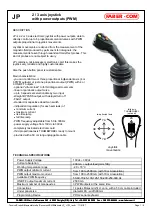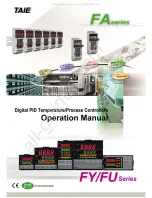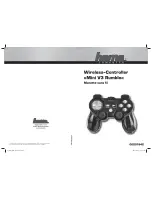
4
vacon • 22
Layout and connections
Local contacts: https://www.danfoss.com/en/contact-us/contacts-list/
4.4.3.2
Media Redundancy Protocol (MRP)
The MRP is designed to react deterministically on a cable failure. This makes it suitable to be used
in process automation. One of the nodes in the network has the role of Media Redundancy Master
(MRM), which observes and controls the ring topology in order to react to network faults. Usually
this device is PLC or network switch.
The other nodes in the network are called Media Redundancy Clients (MRC), and they react on
received configuration frames from the MRM and can detect link changes on its ring ports. OPTEA
and OPTE9 boards support only MRC functionality.
The MRM and MRC have two ring ports, which take one of the following states:
•
DISABLED
-
All frames are dropped
•
BLOCKING
-
All frames are dropped, except the following frames:
a)
MRP frames (e.g. MRP_test and MRP_TopologyChange)
b)
Frames specified to pass ports in "Discarding" state, e.g. LLDP frames
•
FORWARDING
-
All frames are forwarded according to normal behaviour
The MRM sends MRP_Test frames in a configured time period to monitor the state of the ring
topology. If the MRM receives its own MRP_Test frames (network is closed), one of the ring ports is
set to FORWARDING state and the other to BLOCKED state (see Figure 11). If the MRP_Test frames
are not received by the MRM (network is open), it sets both of its ring ports to FORWARDING state
(see Figure 12).
The following figure shows an example of a MRP network, where the PLC acts as a MRM.
Figure 11. MRP ring: Closed network
PLC
MRM
DRIVE
MRC
DRIVE
MRC
DRIVE
MRC
DRIVE
MRC
OPTE9-1
...
OPTE9-2
OPTE9-3
11713_uk
OPTE9-8
Forwarding
Blocked
Содержание optea
Страница 2: ......
















































